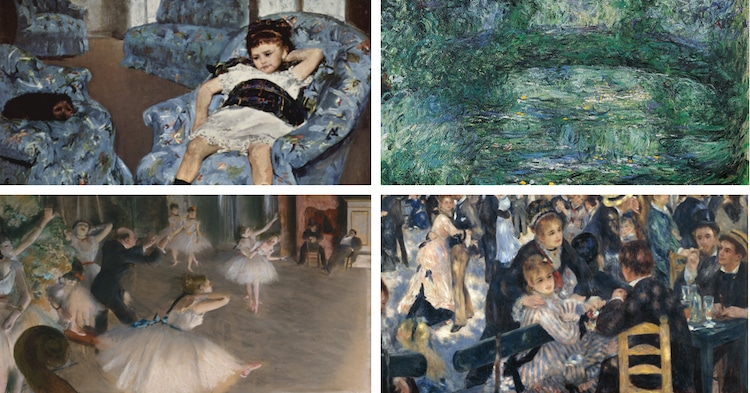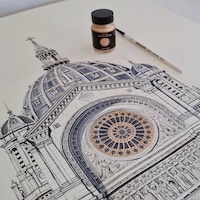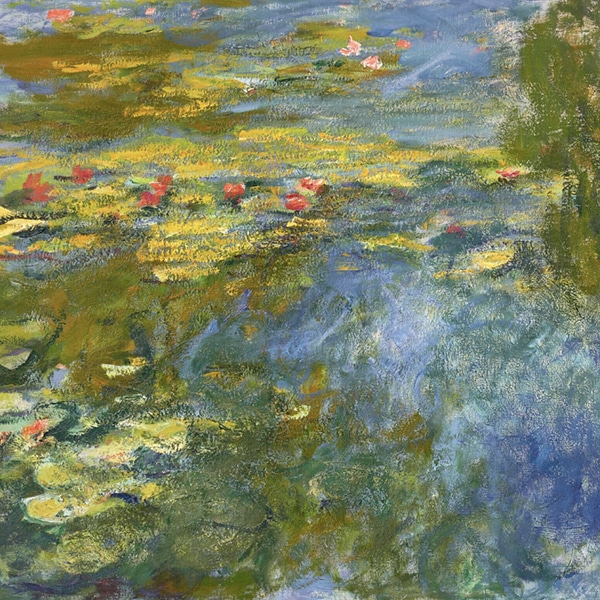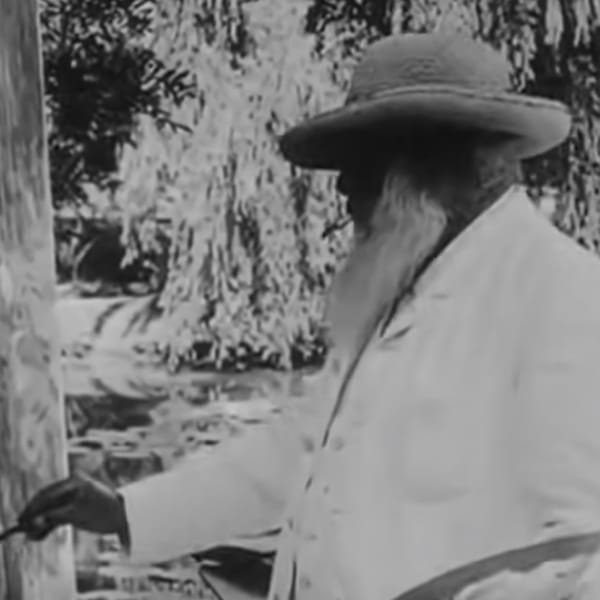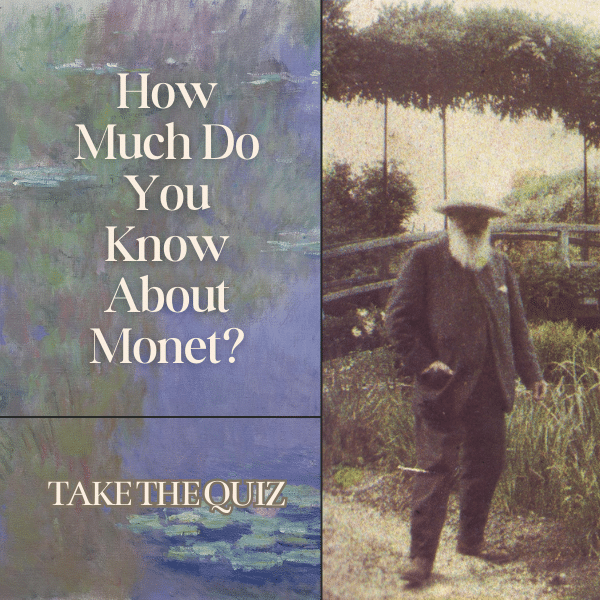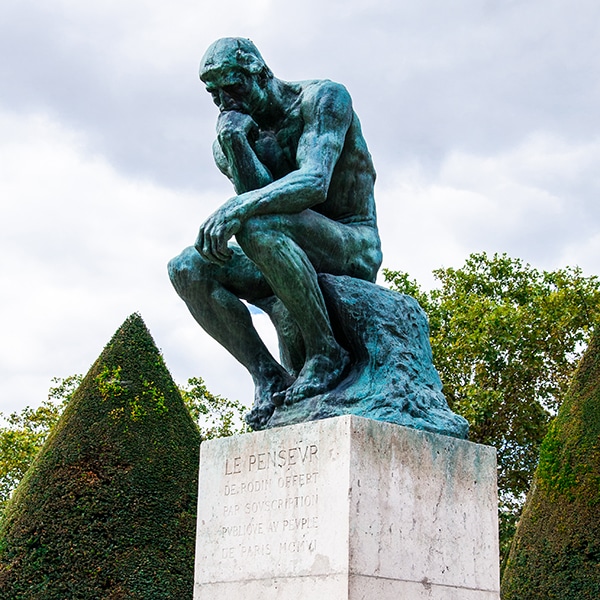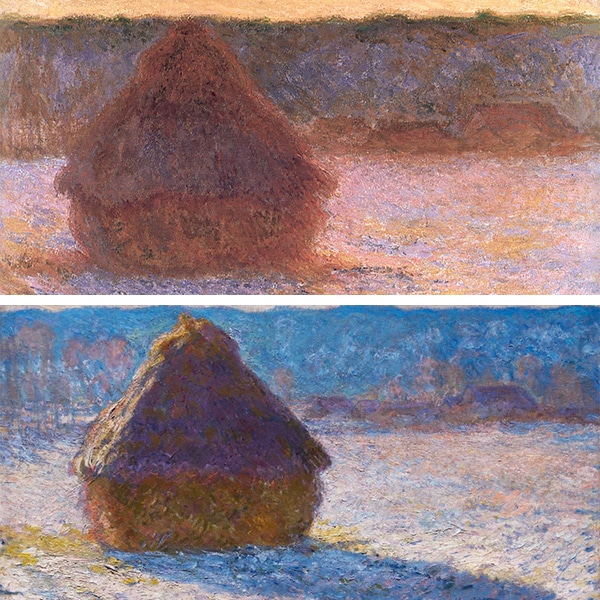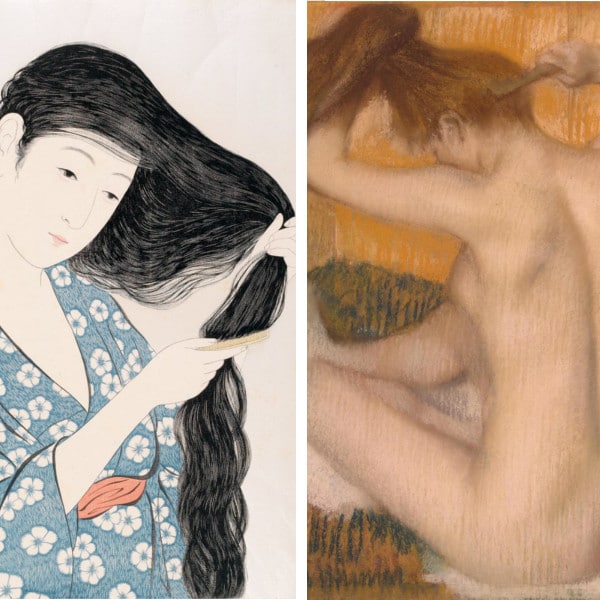Admired by art experts, popular with the public, and widely exhibited in the world's top museums, Impressionism has dominated the art world for nearly 150 years. Renowned for its painters' pioneering approach to art, the groundbreaking genre has facilitated the emergence and shaped the evolution of several art movements, solidifying its role as the catalyst of modern art.
While Impressionism's distinctive aesthetic is undoubtedly one-of-a-kind, the context of the canvases is just as captivating. Here, we explore the background, characteristics, and legacy of Impressionism to illustrate the the iconic movement's profound impact on the history of art.
What is Impressionism?
Impressionism is a movement of art that emerged in 1870s France. Rejecting the rigid rules of the beaux-arts (“fine arts”), Impressionist artists showcased a new way to observe and depict the world in their work, foregoing realistic portrayals for fleeting impressions of their surroundings—which, often, were found outside.
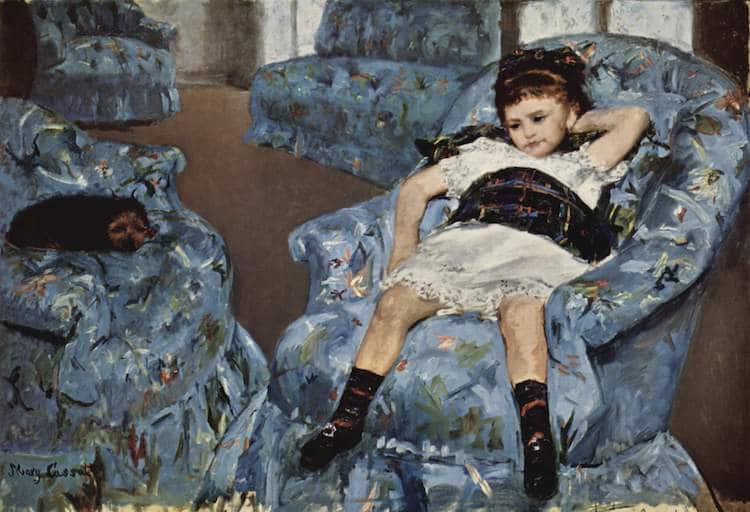
Mary Cassatt, “Little Girl in a Blue Armchair,” 1878 (Photo: Wikimedia Commons Public Domain)
“Instead of painting in a studio, the Impressionists found that they could capture the momentary and transient effects of sunlight by working quickly, in front of their subjects, in the open air (en plein air) rather than in a studio,” the Tate explains. “This resulted in a greater awareness of light and color and the shifting pattern of the natural scene. Brushwork became rapid and broken into separate dabs in order to render the fleeting quality of light.”
This new approach to painting diverged from traditional techniques, culminating in a movement that changed the course of art history.
History
Throughout the 19th century, most French painters produced work that adhered to the traditional tastes of the Académie des Beaux-Arts, a Paris-based organization that held annual salons. Showcasing a selection of hand-picked artwork, the salons tended to favor conventional subject matter—including historical, mythological, and allegorical scenes—rendered in a realistic style.

Studio Nadar, ca. 1860-1910 (Photo: Wikimedia Commons Public Domain)
Tired by this age-old approach to creativity, a group of artists decided to skip the salon hype and, instead, host their own independent exhibitions. Known as Société Anonyme Coopérative des Artistes Peintres, Sculpteurs, Graveurs (“Cooperative and Anonymous Association of Painters, Sculptors, and Engravers”), this band of artists—which included Claude Monet, Pierre-Auguste Renoir, Edgar Degas, and Camille Pissarro—held their first exhibition in 1874.
Set in the studio of Nadar, a French photographer, the exhibition featured several paintings by 30 artists, with the most notable being Claude Monet's Impression, Sunrise (1872).
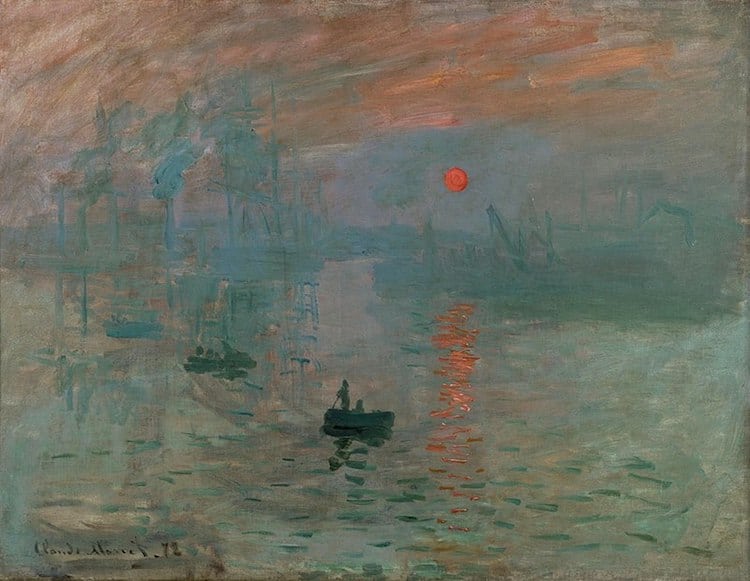
Claude Monet “Impression, Sunrise,” 1872 (Photo: (Photo: Wikimedia Commons Public Domain)
The exhibition saw mixed reviews from critics, including journalist Louis Leroy. When analyzing Impression, Sunrise, he infamously wrote: “Impression—I was certain of it. I was just telling myself that, since I was impressed, there had to be some impression in it … and what freedom, what ease of workmanship! Wallpaper in its embryonic state is more finished than that seascape.”
Though clearly intended as an insult, his review actually helped the movement—it inadvertently (and ironically) gave it its well-known name.
Defining Characteristics
Since its conception, Impressionism has been defined by a set of characteristics. These include: painterly brushwork, distinctive colors, depictions of common subject matter, a focus on light, and compositions inspired by photography.
Thick Brushstrokes

Claude Monet, “The Japanese Bridge”, ca. 1918-1924 (Photo: Wikimedia Commons Public Domain)
Painterly brushwork is perhaps Impressionism's most recognizable trait. Unlike the carefully blended brushstrokes distinctive of previous movements, Impressionist artists employed thick, sketch-like strokes. These quick marks capture the ephemeral, fleeting nature of moments in time, and allowed artists to experiment with color and the ways in which different tones interact on the canvas.
Distinctive Color Palette
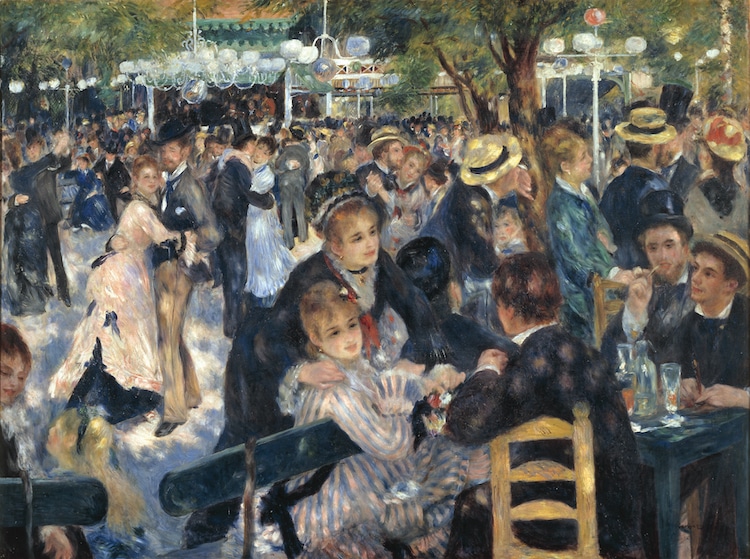
Pierre-Auguste Renoir, “Dance at Le moulin de la Galette,” 1876 (Photo: Wikimedia Commons Public Domain)
In addition to brushwork, Impressionists also exhibited a unique approach to color. Rather than mix paint to achieve certain tones, they instead grouped together individual brushstrokes of various colors. This method is particularly apparent in Impressionist depictions of shadows and snow, which, respectively, are never simply black and white.
Impressionist paintings also often feature neutral color schemes with vivid pops of red that both draw in the eye and add balance to compositions.
Focus on Light
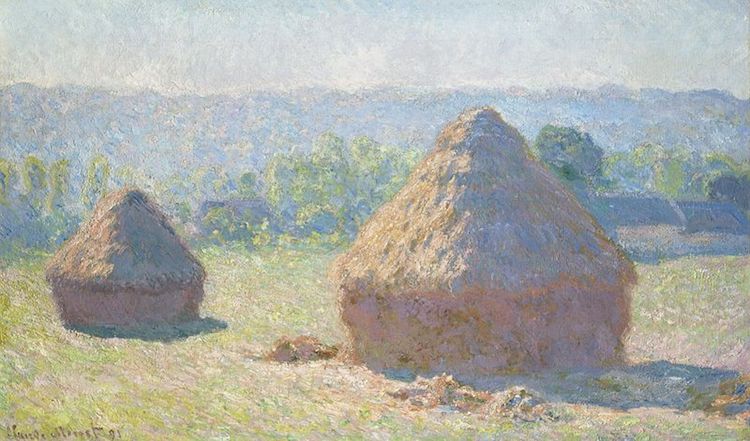
Claude Monet, “Haystacks, End of Summer,” 1871 (Photo: Wikimedia Commons Public Domain)
Many Impressionist artists—most notably, Claude Monet—had a penchant for painting en plein air, or outside. With this approach, artists were able to closely study the light and its effects on landscapes, buildings, and other outdoor sights.
“For me,” Monet said, “a landscape does not exist in its own right, since its appearance changes at every moment; but the surrounding atmosphere brings it to life—the light and the air which vary continually. For me, it is only the surrounding atmosphere which gives subjects their true value.”
Everyday Subjects
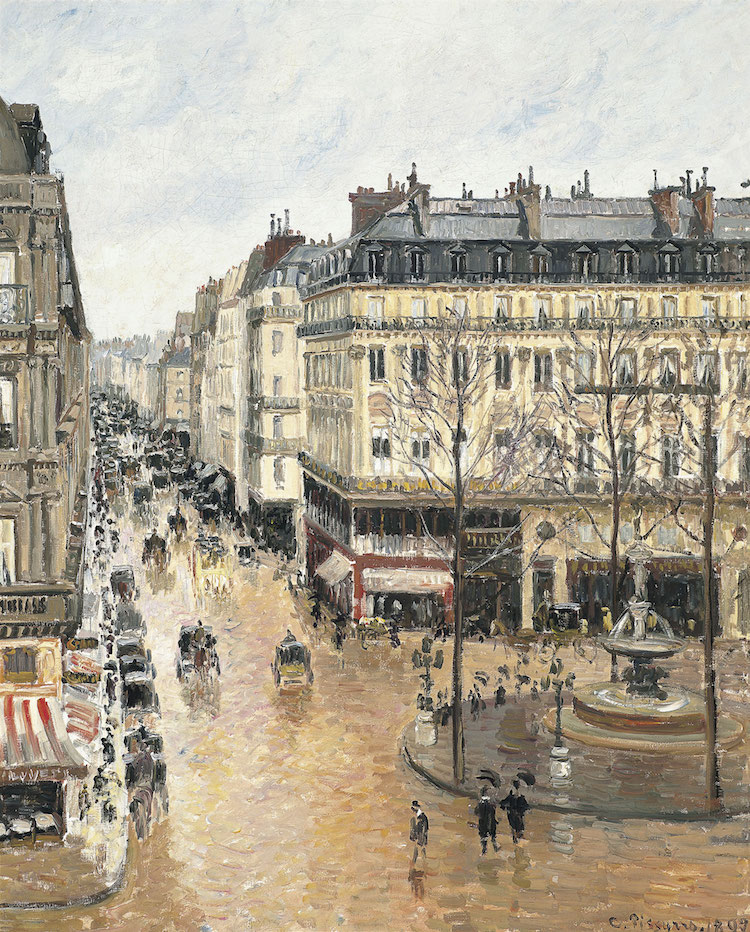
Camille Pissarro, “Rue Saint-Honoré,” 1897 (Photo: Wikimedia Commons Public Domain)
Another avant-garde aspect of Impressionism is the everyday nature of its subjects. Typical content portrayed in Impressionist paintings includes still life depictions, landscapes, portraits of friends and family, and modern city scenes—a far cry from the historical, mythological, and allegorical scenes found in traditional French paintings.
Creative Cropping
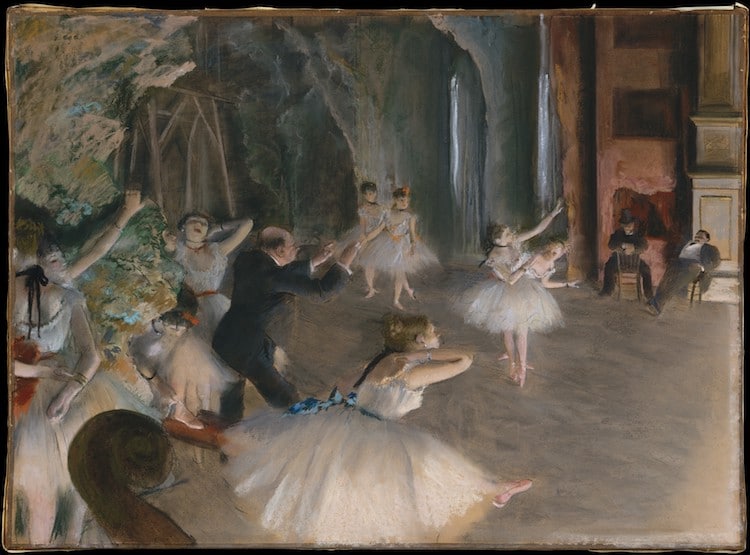
Edgar Degas, “The Rehearsal Onstage,” 1974 (Photo: Wikimedia Commons Public Domain)
Inspired by photography—a new and pioneering practice at the time—Impressionists produced paintings that acted as authentic snapshots of specific moments in time. With this muse in mind, artists began framing their scenes in more ‘natural' ways, resulting in asymmetrical compositions cropped like candid photographs.
However, these “snapshots” often actually required ample planning and premeditation. “I assure you no art was ever less spontaneous than mine,” Degas, who is known for his creative use of cropping, said.
Legacy & Presence of Impressionism Today
Naturally, as the starting point of modernism, Impressionism influenced many ensuing movements. Post-Impressionists adopted its painterly brushwork; Abstract Expressionists found inspiration in Monet's unconventional approach to form; and many contemporary artists even continue to work in a Neo-Impressionist style.
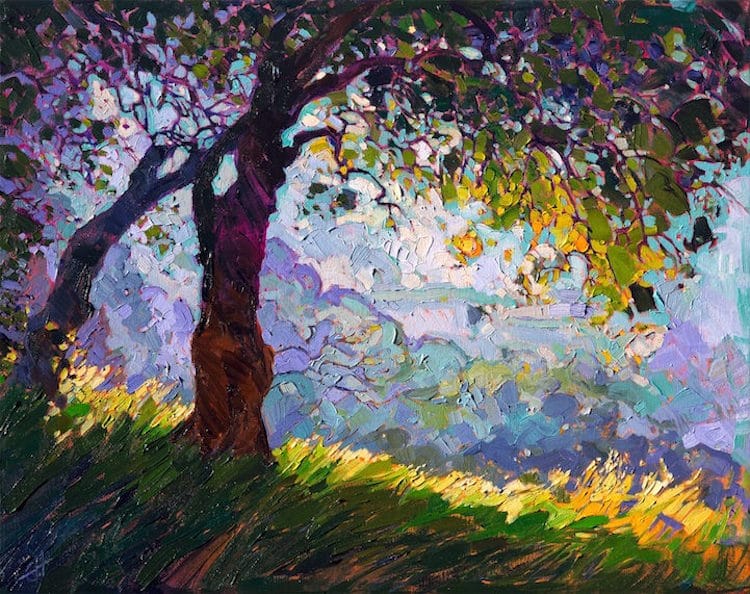
Photo: Erin Hanson
By reinterpreting and reimagining the movement's iconic aesthetic, these artists invite present-day audiences to see Impressionism in a new light—literally.
Related Articles:
How Van Gogh’s ‘The Starry Night’ Came to Be and Continues to Inspire Artists
Why Post-Impressionist Painter Paul Cézanne Is Known as the “Father of Modern Art”
How Flowers Blossomed Into One of Art History’s Most Popular Subjects
How Japanese Art Influenced and Inspired European Impressionist Artists
